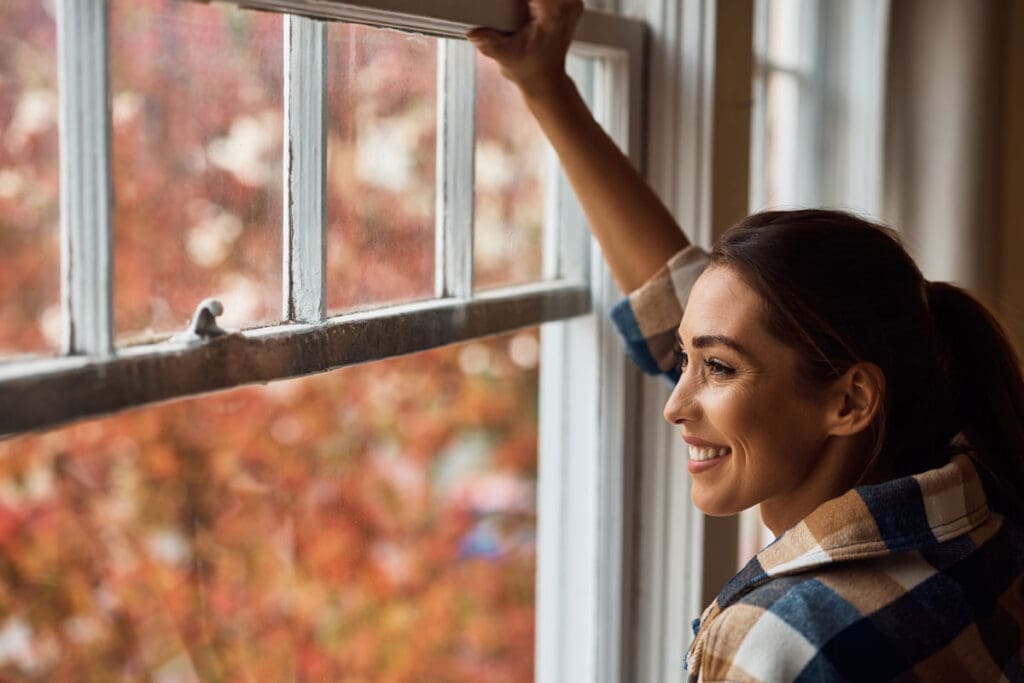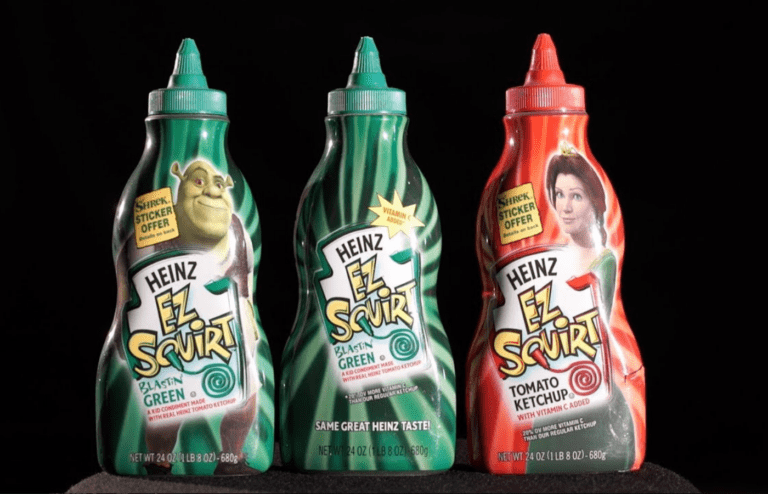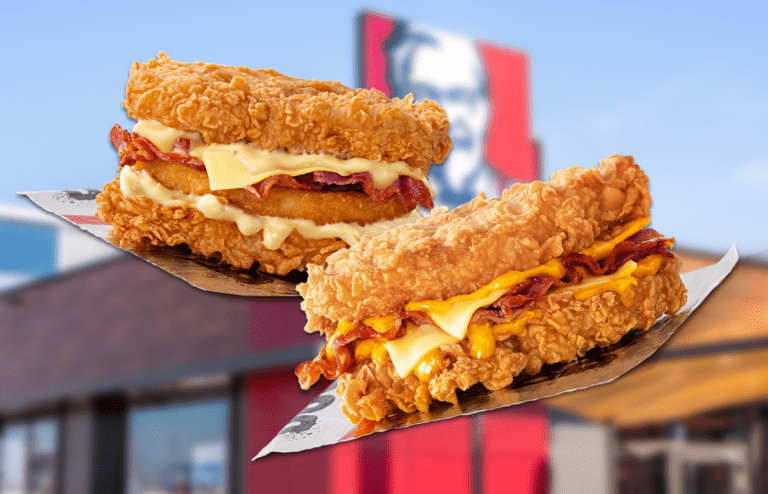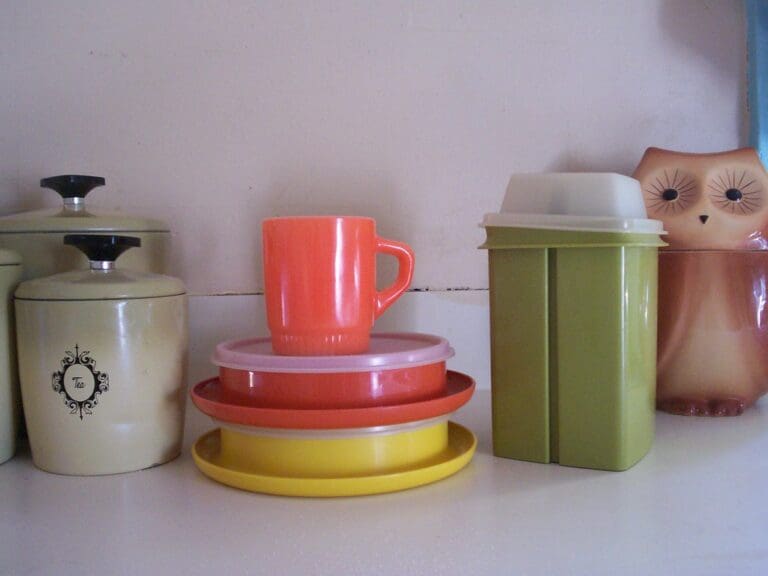
There are many good reasons for replacing your windows. Energy efficiency, durability, increasing home value, curb appeal, and more. Learn what you need to consider in choosing the right replacement windows for your home.
8 Things to Consider When Choosing Window Replacements for Your Home
To help you make the best decision when it comes to selecting window replacements for your home, we’ll explore the following:
- 1. Types of Window Styles.
- 2. Working with Your Home’s Architecture.
- 3. Choosing Energy-Efficient Materials.
- 4. Understanding Quality Construction.
- 5. Questions to ask about Installation.
- 6. Types of Window Frame Material.
- 7. Range of Color and Design Variety.
- 8. Window Cleaning and Maintenance.
Let’s get started!
Read More: The Top Signs Your Home Needs Window Replacements
1. Types of Window Styles
When choosing replacements, consider both function and aesthetics. Popular options include:
Double-Hung
A classic choice, offering vertical ventilation and easy cleaning.
Pros: Open easily. Vertical tracks stay clean. Easy to clean the outside
Cons: Counterbalances wear out. Can be a safety hazard. Regular maintenance is required.
Single-Hung
Budget-friendly, but with limited ventilation.
Pros: Has fewer moving parts to break. Cost less than double-hung windows. Are more energy efficient than double-hung windows.
Cons: The exterior is more difficult to clean. Upper ventilation is not possible. Are less safe for children.
Fixed
Large, picture-perfect views with no opening, often paired with operable windows. So-called “picture windows,” feature large, fixed panes for stunning views, but no ventilation.
Pros: High energy efficiency. Lower maintenance. Our easy to clean.
Cons: Too much heat gain. Cannot be opened, no fresh air. The outside is difficult to clean.
Casement
Crank-operated, offering excellent ventilation and unobstructed views.
Pros: Have a tight window seal. Can direct air into house when needed. Are relatively secure.
Cons: The extended sashes are easily broken. Their mechanisms are prone to failure. Require more maintenance.
Slider
Easy operation, ideal for large openings, but limited ventilation.
Pros: Very durable. Our easy to open and close. Less expensive than other types.
Cons: Tracks require frequent cleaning. Outside glass is difficult to clean. Vertical shapes are not available.
Bay/Bow
Multi-window units create a reading nook or extend living space.
Pros: Provide more light. Create a distinctive architectural feature. May provide optional seating and storage.
Cons: Expensive. Usually requires multiple window units. Difficult to add retroactively. Requires invasive construction.
Awning
Hinged at the top for rain-protected ventilation, ideal for basements and bathrooms.
Pros: Protect against rain. Have better ventilation. Our more secure.
Cons: Have a higher failure rate. Require more maintenance. Are poor for going in or out.
Skylight/Roof
Bathe upper floors in natural light with fixed, vented, or even electric-opening options.
Pros: Heats spaces in winter. Ventilates hot ceiling areas. Freeze up wall space.
Cons: Expensive. Are less energy-efficient. Require construction of shaft or chase.
Glass Block
Privacy and diffused light in one, perfect for bathrooms with a unique, decorative touch.
Pros: Durable. Protect privacy. Extremely secure.
Cons: Cannot be opened. Cannot be used for going in or out. Can be difficult to blend with some styles.
Garden
Projecting mini-bay with a plant shelf, ideal for bringing nature and ventilation into kitchens or sunrooms.
Pros: Creates extra gardening space. Provide some storage area. Increases visual interest.
Cons: More expensive. May fail if heavily loaded or weighed down. Requires professional installation.
2. Working With Your Home’s Architecture
Respect your home’s architectural style for a cohesive look.
- Traditional homes: Double-hung or casement windows with grids often complement the style.
- Modern homes: Large picture windows, sliders, or awning windows with clean lines can be a good fit.
- Craftsman bungalows: Casement windows with divided lites often enhance the aesthetic.
3. Choosing Energy-Efficient Materials
Energy efficiency saves money and reduces your environmental impact. Look for:
- High-performance glass: Double or triple panes with Low-E coatings and argon gas filling.
- Insulated frames: Vinyl, fiberglass, or composite frames offer superior insulation compared to aluminum.
- ENERGY STAR® label: Ensures windows meet strict energy-efficiency standards.
4. Understanding Quality Construction
Invest in well-constructed windows for durability and performance. Consider:
- Frame thickness: Thicker frames generally indicate better structural integrity.
- Welding techniques: Fusion welding creates stronger, more weather-resistant seams.
- Hardware quality: Look for corrosion-resistant materials and smooth operation.
5. Questions to Ask About Installation
Proper installation is crucial for optimal performance. Ask:
- Experience and licensing: Ensure the installer is qualified and insured.
- Flashing and weatherproofing: Verify their methods for protecting against water infiltration.
- Warranty coverage: Understand the terms and duration of the installation warranty.
6. Types of Window Frame Material
Each material offers unique advantages and disadvantages:
- Vinyl: Affordable, energy-efficient, and low maintenance, but may not be suitable for all architectural styles.
- Fiberglass: Durable, energy-efficient, paintable, but can be more expensive than vinyl.
- Composite: Combines the strengths of vinyl and wood, offering durability, paintability, and good looks.
- Aluminum: Strong, slim profiles, but less energy-efficient and prone to condensation.
- Wood: Beautiful, and customizable, but requires more maintenance and may be less energy-efficient.
7. Range of Color and Design Variety
Most window styles come in a wide range of colors and finishes to match your taste and your home’s exterior. You can also find unique shapes and decorative features for a personalized touch.
8. Window Cleaning and Maintenance
The cleaning and maintenance requirements vary depending on the material and style. Research the specific needs of your chosen windows to ensure they retain their beauty and performance over time.








